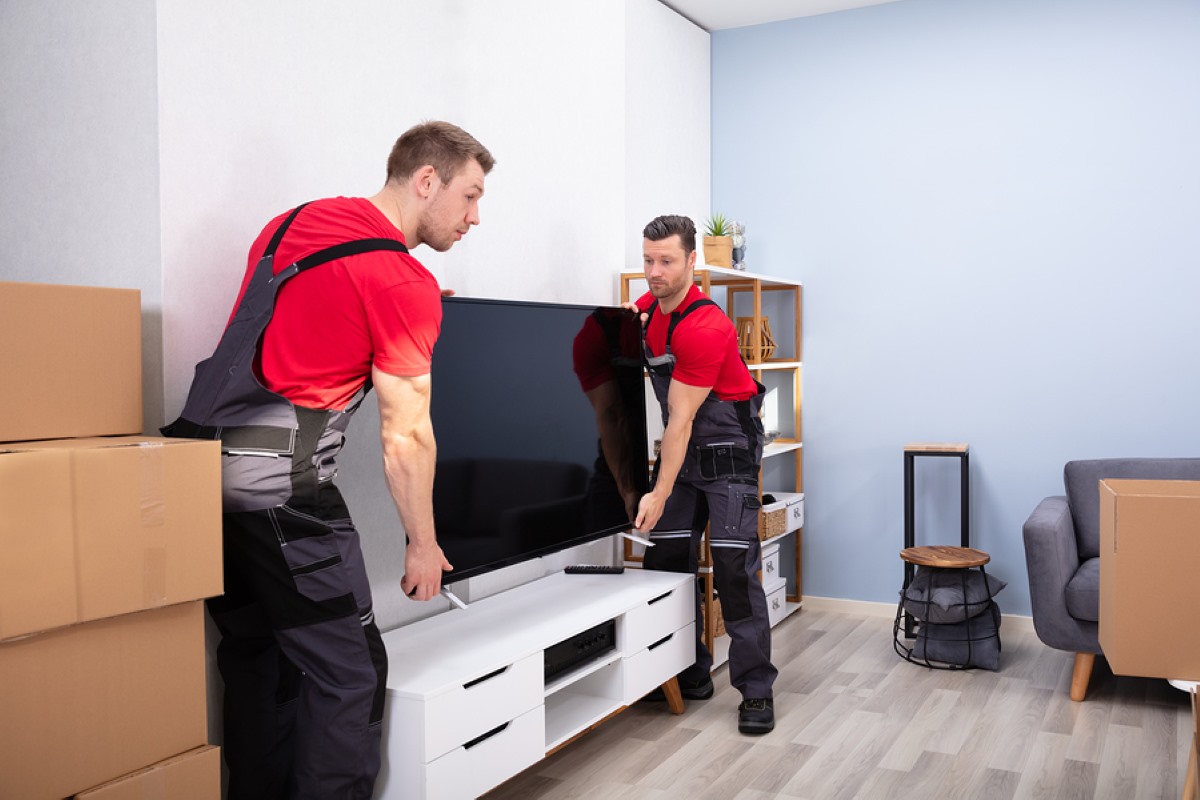

Articles
How To Store A TV In A Storage Unit
Modified: December 7, 2023
Learn the best practices for storing your TV in a storage unit with our informative articles. Safely protect your television during extended periods of non-use.
(Many of the links in this article redirect to a specific reviewed product. Your purchase of these products through affiliate links helps to generate commission for Storables.com, at no extra cost. Learn more)
Introduction
Storing a TV in a storage unit is a smart way to keep your valuable electronics safe and protected when not in use. Whether you’re moving to a new home, temporarily downsizing, or simply need to store your TV during a renovation, following a few simple steps will ensure that your TV remains in optimal condition while in storage.
In this article, we will guide you through the process of storing a TV in a storage unit. We will cover everything from preparing the TV for storage and choosing the right storage unit, to packing and transporting the TV, as well as ensuring it stays safe and secure in the unit.
By following these steps, you can have peace of mind knowing that your TV will be well-maintained and ready to use when you retrieve it from storage.
Key Takeaways:
- Proper preparation, choosing the right storage unit, and secure transportation are crucial for storing a TV in a storage unit. Follow these steps to ensure your TV remains safe and ready for use when retrieved.
- Insurance coverage, documentation, and proper storage techniques are essential for protecting your TV while in storage. By following these steps, you can have peace of mind knowing your TV is secure and well-maintained.
Read more: How To Store A TV
Step 1: Preparing the TV for Storage
Before you store your TV in a storage unit, it is crucial to properly prepare it to ensure its safety and longevity. Here are two essential steps to follow:
Cleaning the TV
Start by cleaning the exterior of your TV. Use a soft, lint-free cloth to gently wipe away any dust or fingerprints. Avoid using harsh cleaning chemicals or abrasive materials that could damage the screen or the casing. If there are stubborn stains or smudges, you can lightly dampen the cloth with a mixture of water and mild soap. Make sure to dry the surface completely before moving on to the next step.
When cleaning the screen, it is crucial to use a microfiber cloth or a screen cleaning solution specifically designed for electronics. Spray a small amount of the solution onto the cloth and gently wipe the screen in a circular motion. Avoid applying too much pressure as it can damage the delicate display. Alternatively, you can use a pre-moistened screen cleaning wipe for convenience.
Disconnecting Cables and Accessories
Next, safely disconnect all cables and accessories from your TV. Start by unplugging the power cord from both the TV and the wall socket. Carefully remove any HDMI, AV, or component cables that are connected to your TV. If your TV is mounted on a wall, detach it from the wall mount following the manufacturer’s instructions.
It is important to keep the cables and accessories organized during storage. Coil the cables neatly and secure them with twist ties or cable organizers. Place the cables and any other accessories, such as remote controls or stands, in a labeled plastic bag or small container. This will make it easier to set up your TV when you retrieve it from storage.
By cleaning your TV and disconnecting cables and accessories properly, you are taking the necessary steps to protect your TV from dust, dirt, and potential damage during storage. Now that your TV is ready, let’s move on to choosing the right storage unit for it.
Step 2: Choosing the Right Storage Unit
When it comes to storing your TV, selecting the right storage unit is crucial. Here are two key factors to consider:
Read more: How To Build An Outdoor Tv Cabinet
Size and Climate Control Considerations
First and foremost, consider the size of the storage unit you will need for your TV. Measure the dimensions of your TV, including the width, height, and depth. This will help you determine the appropriate unit size to accommodate your TV comfortably. Keep in mind that it’s ideal to have extra space around the TV to prevent any accidental damage while storing or retrieving other items.
In addition to size, climate control is another important consideration. TVs are sensitive to extreme temperatures and humidity. Look for a storage facility that offers climate-controlled units. These units maintain a consistent temperature and humidity level, protecting your TV from potential damage caused by temperature fluctuations, moisture, or mold growth.
Security Features to Look For
Ensuring the security of your stored TV is crucial for peace of mind. When choosing a storage unit, consider these security features:
- 24/7 Surveillance: Look for facilities equipped with 24/7 surveillance cameras. This helps deter potential theft and provides evidence in case of any incident.
- Secure Access: Opt for a storage facility that offers secure access measures, such as gated entry with keypad access or electronic key cards. This ensures that only authorized individuals can enter the premises.
- Individual Unit Alarms: Some storage units come with individual alarms that provide an extra layer of security. These alarms will notify you and the facility management if anyone tries to tamper with your unit.
- Well-Lit Facility: Choose a storage facility that has well-lit corridors and common areas. Good lighting helps deter theft and provides a safer environment for accessing your stored items.
By considering the size, climate control, and security features of a storage unit, you can ensure that your TV will be stored in an environment that is conducive to its preservation and protection. With the right unit selected, let’s move on to the next step: packing and wrapping the TV for storage.
Step 3: Packing and Wrapping the TV
To ensure the safety of your TV while in storage, proper packing and wrapping are essential. Follow these steps to pack and wrap your TV effectively:
Gathering Necessary Packing Supplies
Before you begin, gather the necessary packing supplies to protect your TV properly. Here’s a list of items you will likely need:
- Bubble wrap
- Packing tape
- Cardboard box or wooden crate (if applicable)
- Packing peanuts or foam sheets (optional)
- Scissors or box cutter
- Marker or label
Read more: How To Store A Flat Screen TV
Using Bubble Wrap and Packing Tape
Start by wrapping your TV with several layers of bubble wrap. Begin at one corner and work your way around, ensuring that the entire TV is adequately covered. Pay extra attention to the edges and corners, as these areas are more vulnerable to impact.
Secure the bubble wrap in place using packing tape. Be sure to tape all sides and creases to prevent the wrap from coming loose during handling and storage. Avoid using tape directly on the TV, as it can leave residue or damage the finish. Stick the tape on the bubble wrap instead.
Securing the TV in a Box or Crate (if applicable)
If you have a cardboard box or wooden crate that fits your TV, carefully place the wrapped TV inside. Make sure the box or crate provides a snug fit to prevent movement during transportation and storage.
If the size of your TV does not allow for a suitable box or crate, you can opt for a flat-screen TV box or specialized TV shipping box. These boxes are designed to accommodate TVs of various sizes and provide additional protection.
If you don’t have access to a box or crate, consider using a furniture blanket or foam sheets to provide an extra layer of cushioning while storing the TV.
Once the TV is securely placed in the box or crate, seal the container with packing tape. Label the box or crate clearly with the word “FRAGILE” and mark it as a TV for easy identification.
By gathering the necessary supplies, using bubble wrap and packing tape to protect the TV, and securing it in a box or crate, you can ensure that your TV remains safe and well-protected during storage. Next, we will discuss how to transport the TV to the storage unit.
Step 4: Transporting the TV to the Storage Unit
Once your TV is securely packed and wrapped, it’s time to transport it to the storage unit. Follow these steps to ensure a safe and smooth transportation process:
Safely Loading the TV into a Vehicle
When loading the TV into your vehicle, consider its size and weight. If the TV is too large or heavy to lift on your own, enlist the help of a friend or family member. Working together will minimize the risk of dropping or damaging the TV.
Use a furniture dolly or handcart to transfer the TV from your home to the vehicle. This will make the transportation process easier and reduce the strain on your back. Secure the TV on the dolly or handcart using straps or bungee cords to keep it stable and in an upright position.
Once you have safely loaded the TV onto the dolly or handcart, carefully navigate it to your vehicle. Open the vehicle’s door or trunk and position the TV inside. Be cautious of any obstacles or tight spaces that may cause the TV to bump or scrape against surfaces.
Read also: 11 Best Tv Stand Storage For 2024
Securing the TV during Transportation
While transporting the TV, it’s crucial to keep it secured and protected from potential damage. Here are a few measures you can take:
- Secure the TV with straps: Use adjustable straps or bungee cords to fasten the TV securely in place within the vehicle. This will prevent it from shifting or falling over during transportation.
- Place blankets or pillows around the TV: Use soft blankets or pillows to create a protective barrier around the TV. This will provide an additional layer of cushioning and absorb any impact or vibrations while on the road.
- Drive carefully: Make sure to drive cautiously while transporting the TV. Avoid sudden stops, sharp turns, and rough roads that could potentially jolt or damage the TV. Drive at a moderate speed and maintain a safe distance from other vehicles.
By safely loading the TV into a vehicle and securing it during transportation, you can minimize the risk of damage and ensure a smooth journey to the storage unit. Now that your TV has reached the storage facility, let’s move on to the next step: storing the TV in the unit.
Step 5: Storing the TV in the Storage Unit
Now that you’ve arrived at the storage unit, it’s time to carefully store your TV to ensure its safety. Follow these steps to properly store your TV:
Positioning the TV in the Unit
Choose a suitable location within the storage unit to place your TV. It’s best to avoid placing it directly on the floor, as it may be susceptible to moisture or potential damage. Instead, consider using a sturdy shelving unit or a pallet to elevate the TV off the ground.
Position the TV in an upright position, just as it would be when it’s in use. This helps prevent any stress or pressure on the screen or internal components. Place it against a stable wall or in a corner to provide additional support and stability.
Keeping it Protected from Dust and Moisture
To protect your TV from dust and moisture while in storage, consider using a dust cover or a clean, breathable fabric sheet to cover it. This will help prevent dust from settling on the screen and other sensitive areas.
If you’re storing your TV for an extended period or in a climate that experiences high humidity, you may want to include moisture-absorbing packets or desiccant inside the storage unit. These packets can help control humidity and prevent moisture buildup, reducing the risk of mold or corrosion.
Read more: What Are Android Tv Boxes
Avoiding Stacking Heavy Items on Top
When storing your TV, it’s crucial to avoid placing heavy items on top of it. The weight of the items can cause pressure and potentially damage the screen or other delicate components. Ensure that the TV remains free from any unnecessary weight or stress to maintain its integrity.
In addition, avoid leaning or stacking other items against the TV, as this can also lead to damage. Keep the TV in a designated area where it has ample space and is protected from any potential accidents or disturbances within the storage unit.
By positioning the TV properly, protecting it from dust and moisture, and avoiding stacking heavy items on top, you can ensure that your TV remains in optimal condition while in storage. Now, let’s move on to the final step: insurance and documentation for your stored TV.
Step 6: Insurance and Documentation
When storing valuable items like a TV, it’s important to consider insurance coverage and maintain proper documentation. Here are two crucial aspects to keep in mind:
Insuring the TV during Storage
Before storing your TV, check with your insurance provider to see if your current homeowner’s or renter’s insurance policy covers items in storage. Some policies may provide limited coverage for stored items, while others may require you to purchase additional storage insurance.
If your current policy does not cover storage items or if you’re looking for comprehensive coverage, consider obtaining a separate storage insurance policy. This type of insurance specifically protects items stored in storage units against theft, damage, or loss. Consult with an insurance agent to determine the best insurance option for your TV based on its value and your specific needs.
Keeping Records and Documentation
As part of your storage process, it’s important to keep records and documentation related to your TV. This will help in case you need to access the stored TV or file an insurance claim. Here’s a list of items to include in your documentation:
- Inventory List: Create an inventory list of all the items you’re storing, including your TV. Note down the make, model, and serial number of the TV for easy identification.
- Proof of Ownership: Gather any receipts, invoices, or warranty documents that establish proof of ownership for your TV. Keep these documents in a safe place along with the inventory list.
- Storage Rental Agreement: Keep a copy of your storage unit rental agreement, which outlines the terms and conditions of the storage facility. This can be useful for reference and verification purposes.
- Photographs: Take clear photographs of your TV from different angles before storing it. These photographs can serve as visual evidence of the TV’s condition in case of any damage or insurance claims.
- Contact Information: Maintain a record of the storage facility’s contact information, including the address, phone number, and emergency contact details.
By maintaining proper documentation and insurance coverage, you can have peace of mind knowing that your TV is protected and that you have the necessary information should any issues arise during the storage period.
With the completion of step 6, you have successfully learned how to store a TV in a storage unit. By following these steps, you can ensure that your TV remains safe, secure, and in optimal condition until you’re ready to retrieve it from storage.
Remember to follow the necessary steps to prepare the TV for storage, choose the right storage unit, pack and wrap the TV properly, transport it safely, store it in a secure and suitable location, and obtain insurance coverage with proper documentation.
Now, you can confidently store your TV and have peace of mind knowing that it will be protected and ready to use when you need it again. Happy storing!
Read also: 14 Best Tv Console With Storage For 2024
Conclusion
Storing a TV in a storage unit can help keep your valuable electronics safe and protected during periods of non-use or when you need additional space. By following the steps outlined in this guide, you can ensure that your TV remains in optimal condition while in storage:
First, prepare the TV by cleaning it and disconnecting cables and accessories. This will help prevent dust buildup and potential damage during storage.
Next, choose the right storage unit by considering size and climate control. Ensuring that the unit is adequately sized and offers climate control features will protect your TV from temperature fluctuations and humidity.
Pack and wrap the TV properly using bubble wrap and packing tape. Secure it in a box or crate if applicable, to provide extra protection during transportation and storage.
Safely transport the TV to the storage unit by loading it carefully into a vehicle and securing it to prevent any movement or damage. Drive cautiously to avoid sudden stops and uneven roads that could harm the TV.
When storing the TV in the unit, position it in an upright position and keep it protected from dust and moisture. Avoid stacking heavy items on top to prevent damage to the screen or internal components.
Consider insuring the TV during storage by checking your existing insurance policy or purchasing storage insurance for comprehensive coverage. Keep records and documentation of your TV, including an inventory list, proof of ownership, and contact information for the storage facility.
In conclusion, by following these steps and implementing the necessary precautions, you can store your TV in a storage unit with confidence. This will ensure that your TV remains well-protected and ready to use when you retrieve it from storage. Enjoy the peace of mind knowing that your valuable electronics are in a secure and safe environment until you need them again.
Remember to periodically check on your TV during the storage period to ensure its condition and to address any potential issues promptly. Happy storing!
Frequently Asked Questions about How To Store A TV In A Storage Unit
Was this page helpful?
At Storables.com, we guarantee accurate and reliable information. Our content, validated by Expert Board Contributors, is crafted following stringent Editorial Policies. We're committed to providing you with well-researched, expert-backed insights for all your informational needs.
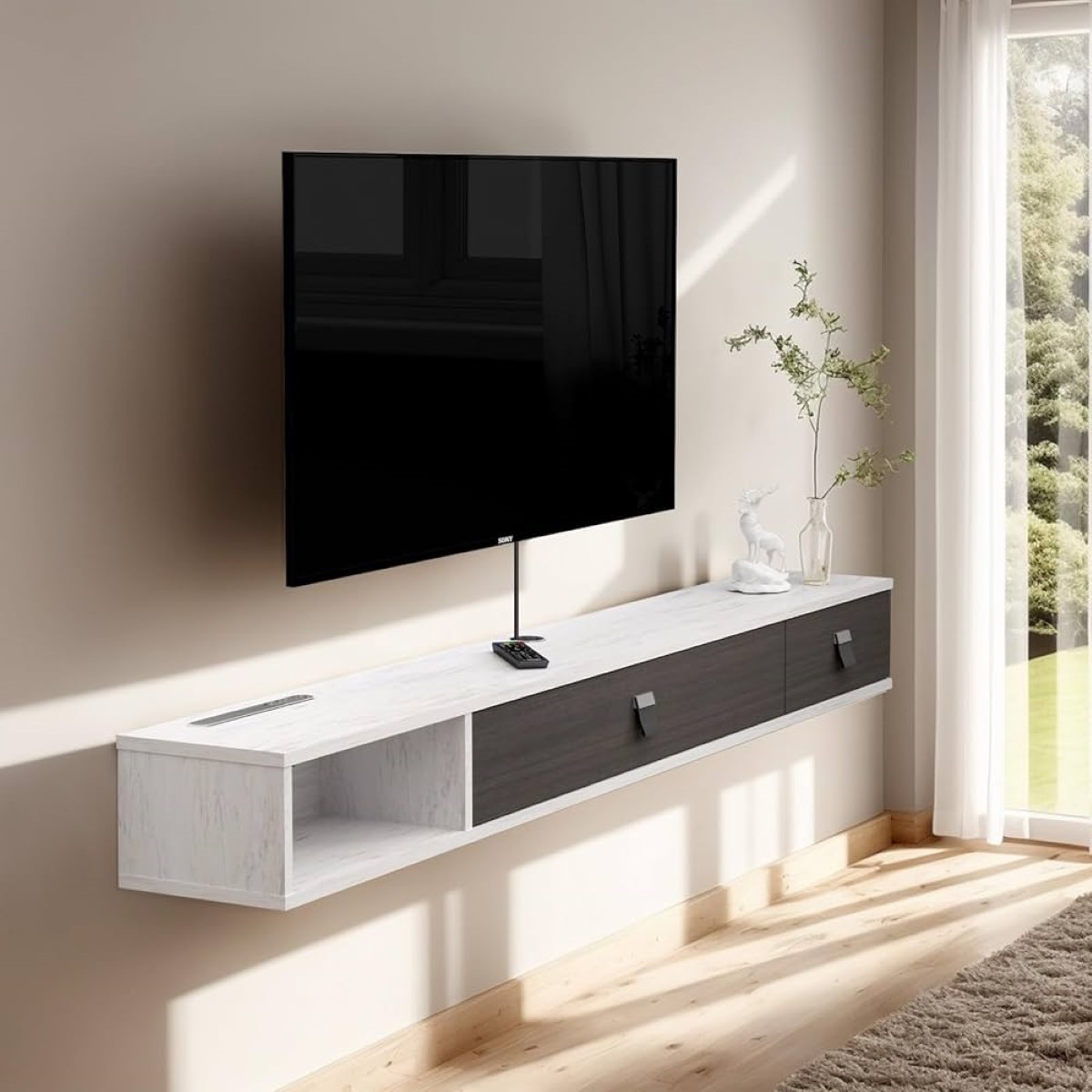
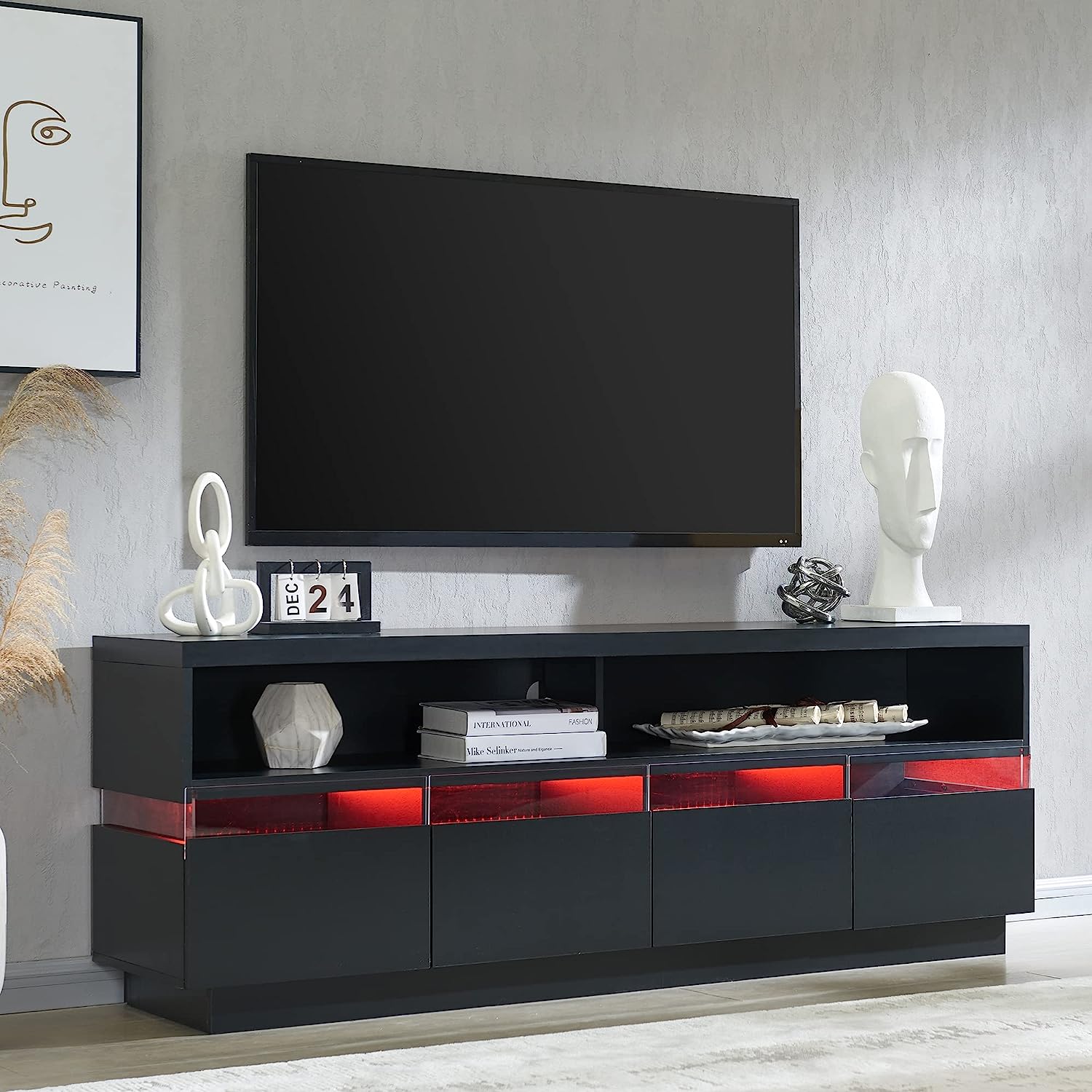

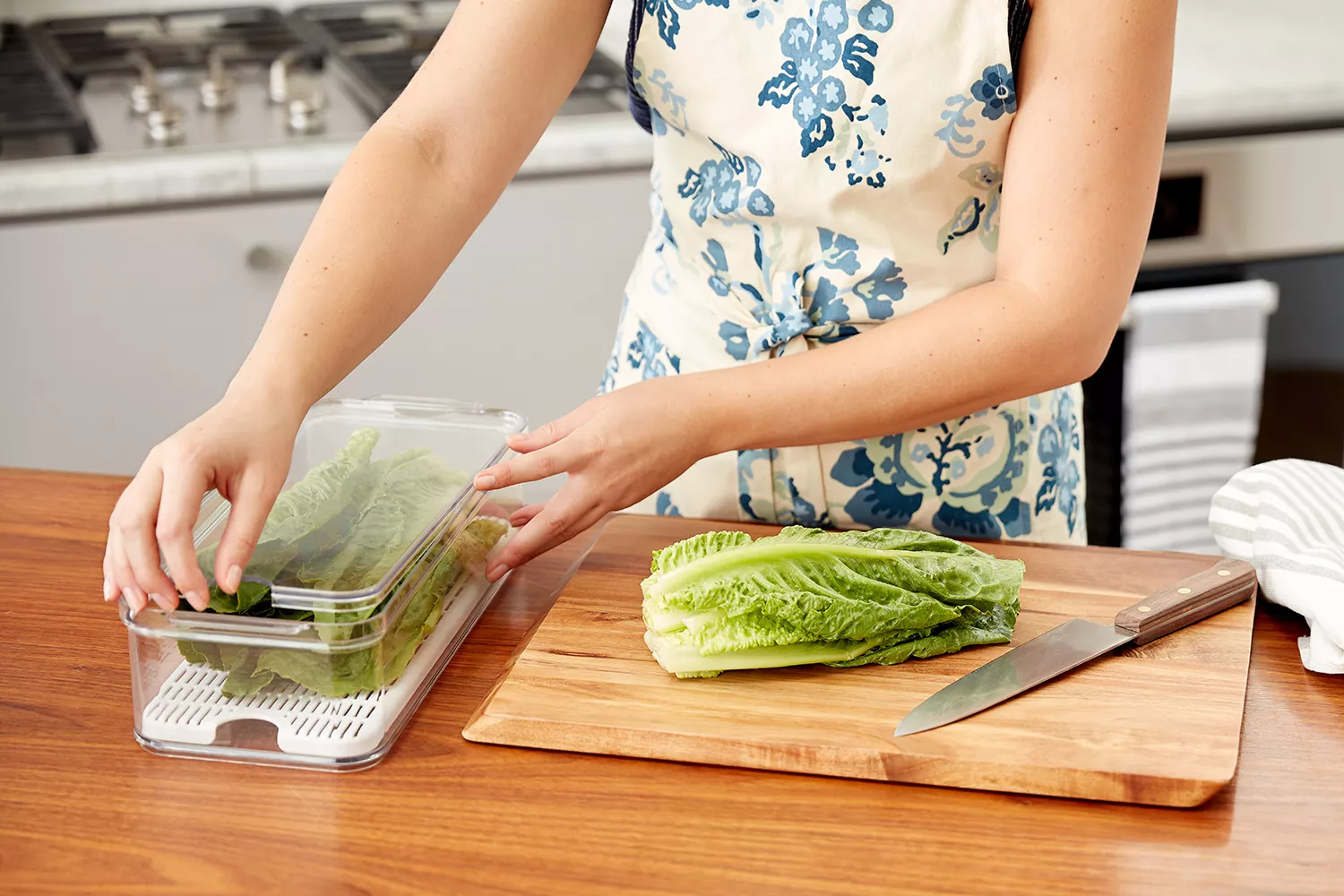
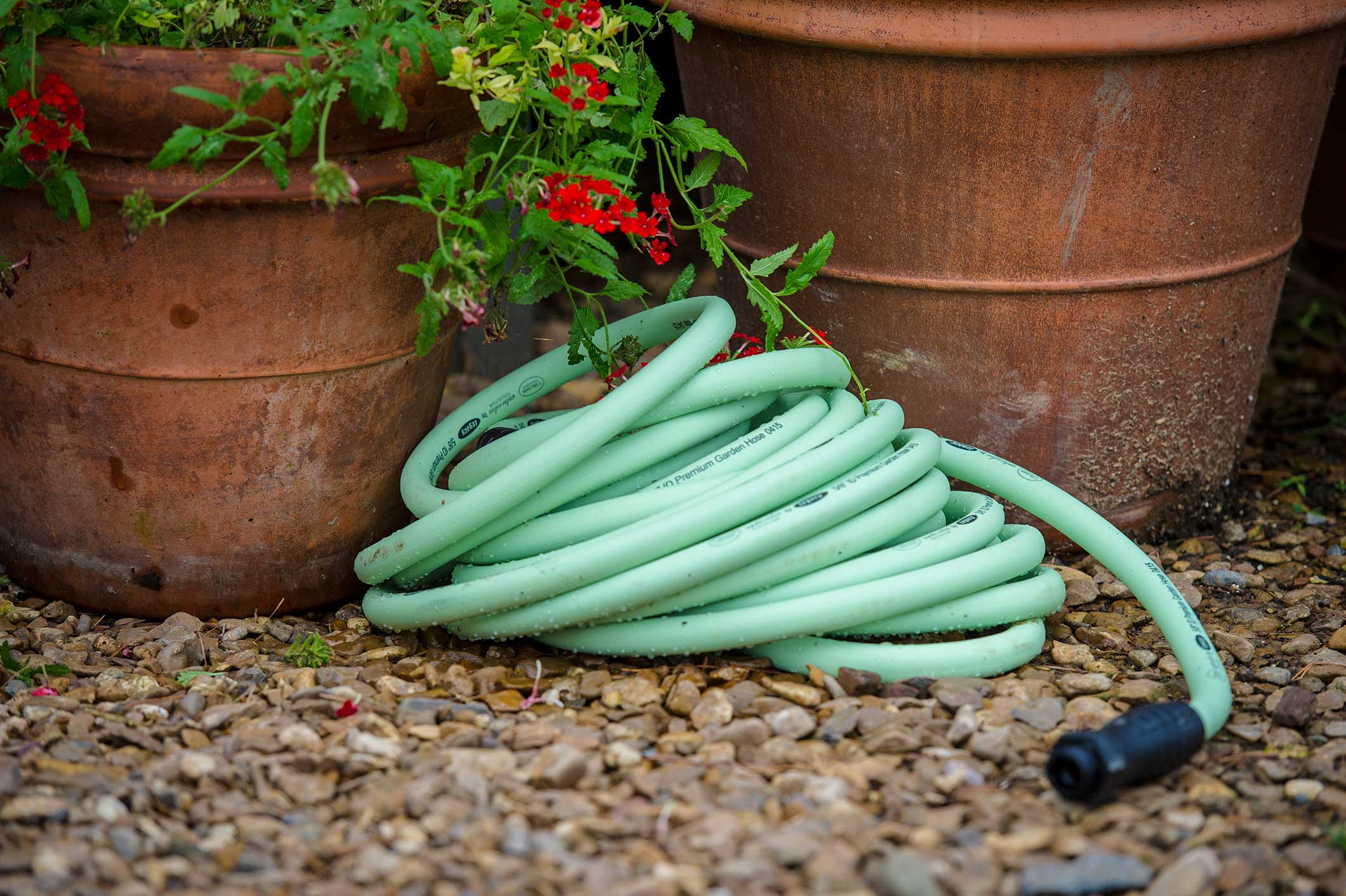
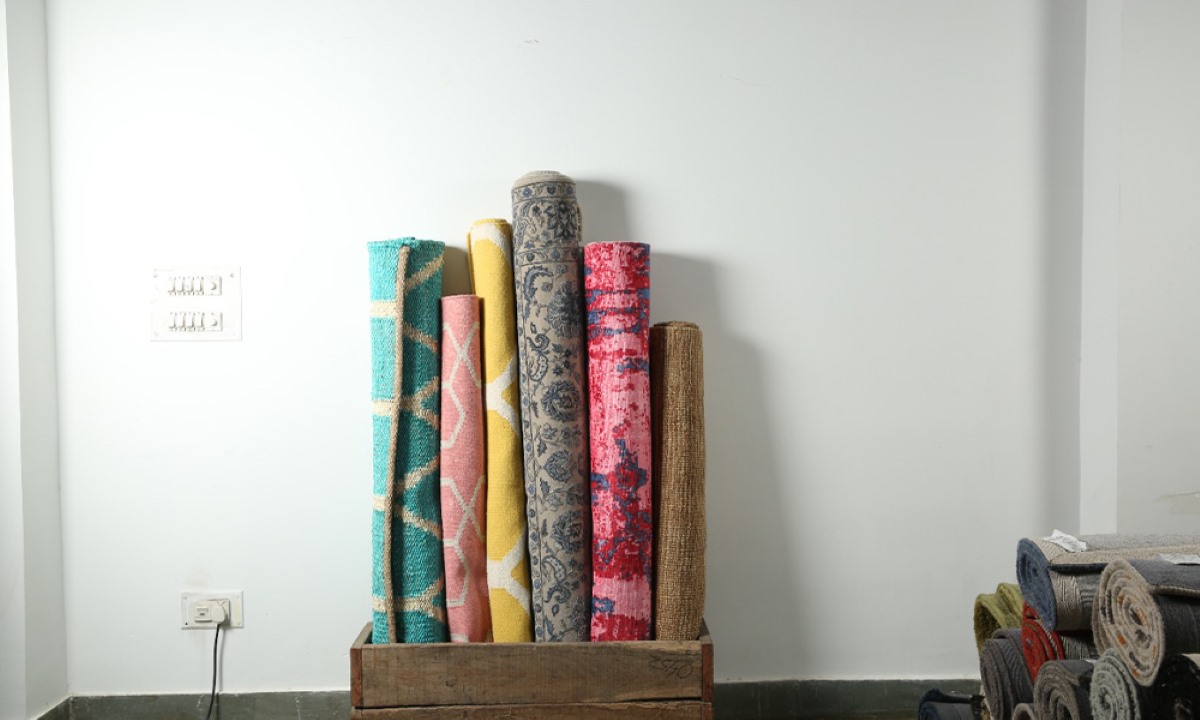

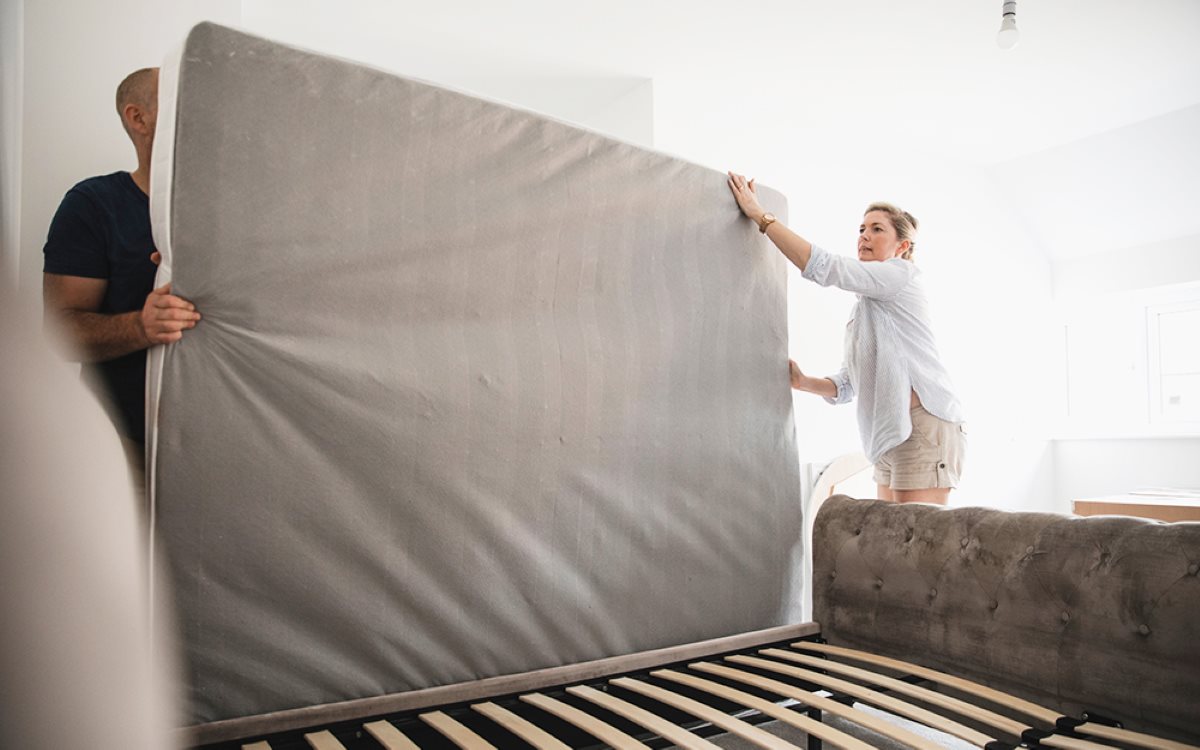

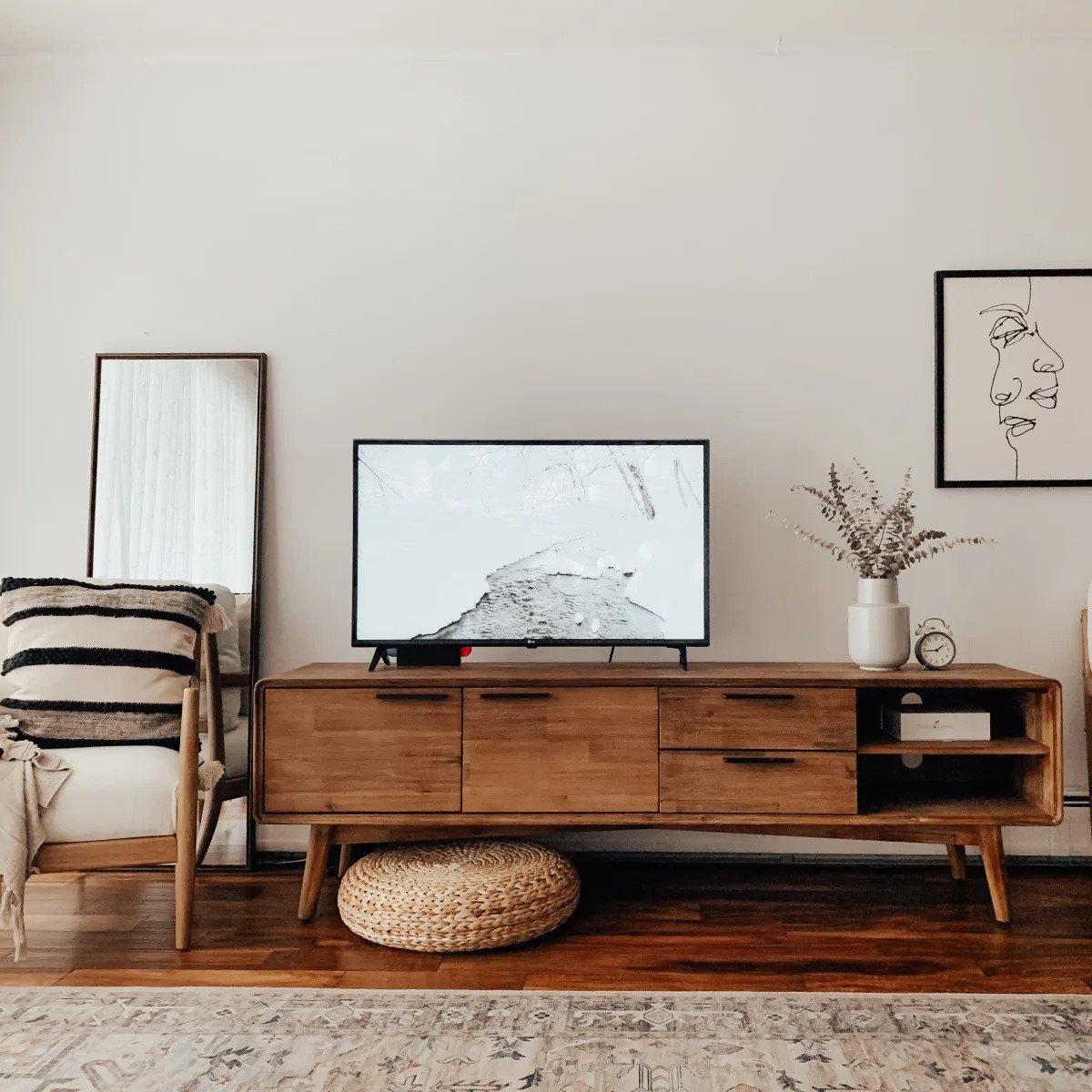

0 thoughts on “How To Store A TV In A Storage Unit”